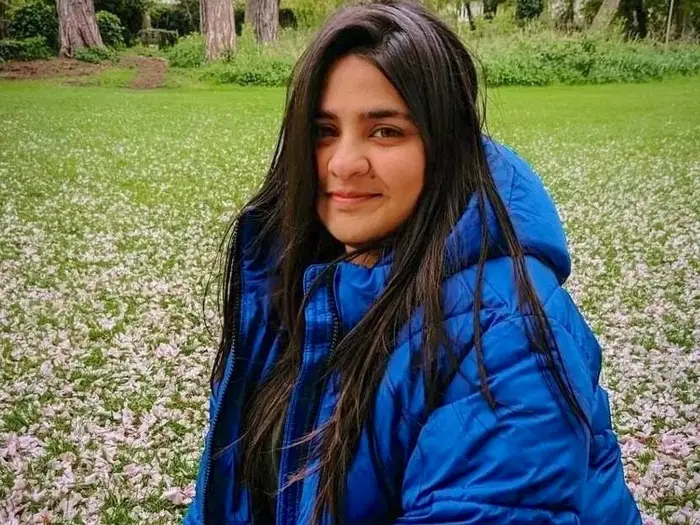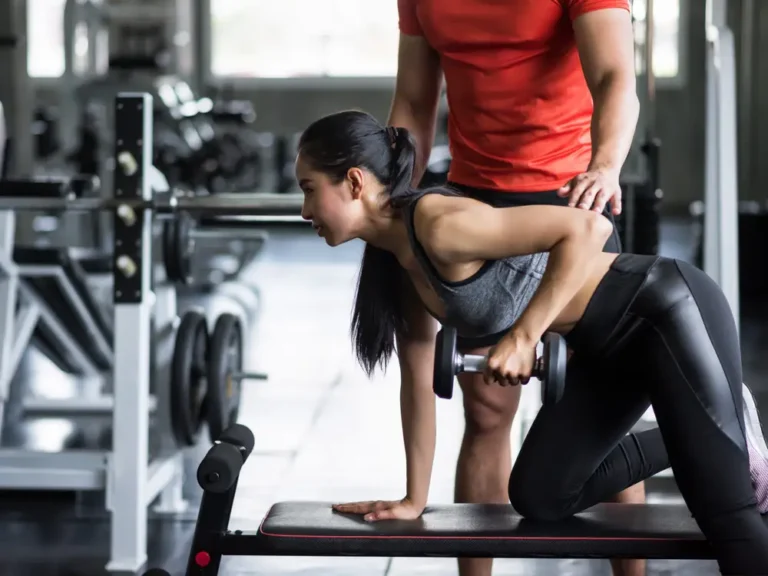Ryan Reynolds and Blake Lively’s personal trainer says he’s fitter and more shredded at 47 than he was in his 20s. Here’s how he works out and recovers.

Don Saladino is a celebrity personal trainer based in New York.
At age 47, the personal trainer Don Saladino is in the best shape of his life.
“Is my body composition better now than it was when I was in my 20s? Yes,” Saladino, whose clients include Ryan Reynolds, Blake Lively, Sebastian Stan, and Anne Hathaway, told Business Insider. “Am I as strong now as I was when I was in my 20s? Yes. Can I do all the things now that I did when I was in my 20s? 100%. No doubt. I feel like my physique gets better and better.”
Saladino’s goal is to keep challenging himself and building muscle (without gaining body fat), and he is calculated with both his nutrition and training to help to achieve it, he said. While his schedule often changes as he juggles working with high-profile clients and managing the online community on his app, he always finds time to train, he said.
“I enjoy feeling really good and I enjoy my body responding a certain way and looking a certain way,” Saladino, who is based in New York, said. “As I get older, it’s like the more I put into this, the more I’m going to get out of it.”
Saladino broke down how he works out and recovers.

Don Saladino (center) with Ryan Reynolds and Blake Lively.
Lifting at least four times a week
Saladino lifts four times a week, split between upper body and lower body movements.
For three days, he focuses on powerlifting movements: bench presses, low bar back squats, and snatch grip deadlifts. On day four, he focuses on pushing and pulling movements, such as overhead presses and pull-ups.
If he can fit a fifth lifting day into his week, Saladino does accessory movements such as arm exercises and ab interval work.
Strength training is well established as the best way to build muscle and bone density, and it aids fat loss.
Intervals and steady-state cardio
To improve his cardiovascular fitness, Saladino does tough interval workouts twice a week.
“It’s super short, like four minutes of work, but super intense,” Saladino said.
He usually sprints on a curved treadmill or track, or uses an air bike, Versaclimber, or ski erg.
He also does one steady-state cardio workout, such as jogging or using a stair mill.
Research suggests that cardio alongside weightlifting is effective in boosting longevity.
Playing hockey for fun

Don Saladino (second from left) plays hockey twice a week.
Saladino plays hockey twice a week, often at 6:30 a.m., he said.
Hockey is a fun group activity as well as a workout to Saladino — but he pushes his body a lot harder in his interval workouts, he said.
“Playing the game is about scoring, winning, having fun, and intervals are about: you’re going at this time for this specific reason,” Saladino said. “Sport is amazing for you. It’s very healthy, but I think you can limit yourself from training specific energy systems because it’s not structured.”
Research suggests social connection, whether through group sport or sharing a meal with friends, plays an important role in well-being and longevity.
Cold plunges and saunas for recovery
Saladino is a fan of cold plunges after hockey games as his body often feels a bit “imbalanced” afterward, he said.
“I just really like how it gets my body to calm down a bit,” Saladino said. “It really helps reduce some of the soreness in the hips from playing.”
Saladino enjoys saunas too, and will often go from there to a cold plunge for two to three minutes. Research suggests that hot and cold therapy can help the body manage stress better, but research on ice baths for aiding recovery and muscle growth is mixed.
“For someone my age who is in the game right now, it’s about, ‘How can I rinse and repeat, rinse and repeat?’ I come back every day and do the things I love,” Saladino said.
Saladino also uses Normatec massage boots and has been experimenting with red light therapy for recovery. Although science may not be conclusive about the benefits of such recovery protocols, he doesn’t think that’s a reason not to try them.
Saladino is also conscious of cumulative fatigue and listens to his body when he needs to slow down and destress.
“We have to allow our body to recover,” he said.






